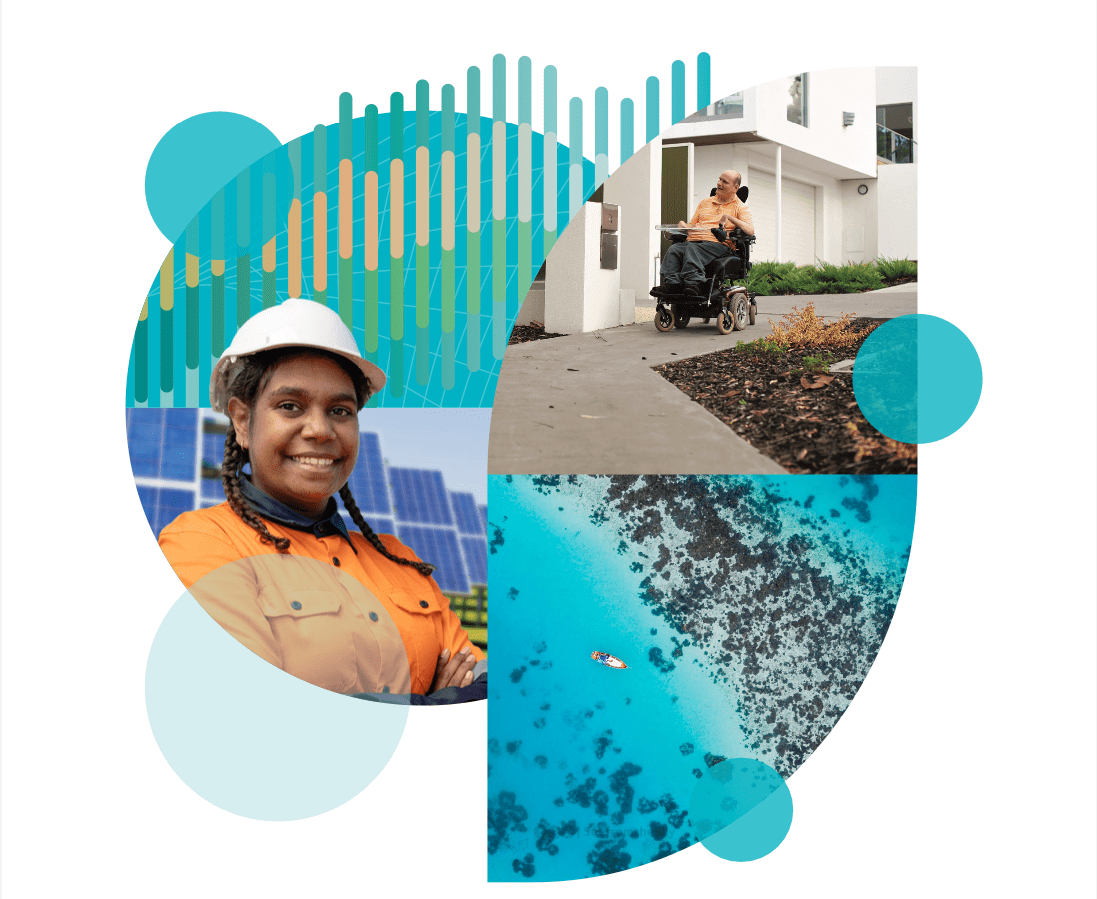The broad universe of ‘responsible investing’ now covers a staggering 43% of the total invested capital in Australia, which represents some $1.54 trillion in funds.
This is according to the latest ‘Benchmark Report’ from the Responsible Investment Association of Australasia (RIAA).
The annual report offers the deepest insights on the evolution of responsible investing in Australia. It covers the spectrum of investment approaches, from ESG to sustainable investing and of course, it shines a light on the development of impact investing.
In 2021 there was $30 billion invested in impact investments, a slight increase on the previous year’s total of $29 billion.
This is RIAA’s 21st report of this magnitude, and it reviewed the investment practices of 140 financial institutions in the 2021 calendar year.
OnImpact also spoke with Zsuzsa Banhalmi-Zakar, Manager of Research at RIAA, about the survey results, and the evolution of the sector.
Green Bonds Still Dominant
There was a modest growth in impact investing in 2021, from $29 million to $30 million, but what’s stayed steady is the heavy weighting towards fixed income instruments like bonds.
Green, social and climate bonds made up a large part of the AUM, with a total of $24.6 million. While the remainder was made up of smaller, bespoke investment funds.
The dominance of bonds is to be expected, by their nature they lend themselves to larger packet sizes, with a tendency to fund large infrastructure projects, which offer more reliable returns profiles.
Identifying Real Impact
At the end of 2020 RIAA published a special ‘impact benchmark’ report that was focussed solely on Impact Investing. This meant that last year’s edition of the sector-wide ‘RI Benchmark Report’ had a uniquely rich source of impact specific data.
This year, to ensure the report offered the same value to impact investors, the team focussed on including a set of questions, in the survey, which were specifically for those who identified as being impact investors.
The questions set a benchmark for what it takes to be a genuine impact investor, and they endeavored to ensure the results were valuable.
“We asked people to nominate whether they invest in any of the seven core responsible investment approaches; so ESG integration, negative screening etc, and this included impact investment. So if anybody ticks yes, they are impact investing, then they would have been asked those questions.” Zsuzsa says.
“And only if there is that once all of those three conditions were satisfied, did we allow it to feed into the impact investment.”
The questions investigated areas such as:
- Have you developed an impact thesis?
- Have you set goals, and do you report on progress?
- What outcomes are you targeting, and what’s your progress?
These questions operate as a useful benchmark for what it takes to be recognised as an impact investor.
They also offer access to a rich source of data on impact targets, and how much progress is being made.
The results show that a third of investment managers publish a dedicated statement about target impact areas.
And more than 20% of managers put their intentions into action by setting goals and measuring social or environmental outcomes.
There’s also 15% of managers that report publicly on progress on an annual basis, or seek independent verification of practices.
Some of the key impact outcomes that were reported include:
- Improved incomes for 938 people living in poverty:
- 248 key workers have access to affordable housing
- 1,438 occupied retirement villas with discount price to local price
- 129 small to medium enterprises (SMEs) financed
- 882 tonnes of CO2 emissions avoided
- 1,209 GWH renewable energy generated
Impact is Evolving
In the wake of the covid pandemic the impact investing sector is looking stronger than ever.
While this year’s data didn’t show a huge growth, there were a number of large funds that launched in 2021 that didn’t yet have enough track-record to be included in the benchmark report.
“There are a lot of new impact players that we couldn’t include this year, because they don’t have enough to show just yet. But it bodes well for next year when, hopefully, they will be included.” Zsuzsa says
There’s also entire new fields emerging, with a focus on biodiversity management being formalised in 2021. Dedicated capital was allocated and global agreement is starting to take shape in the form of the Taskforce on Nature-related Disclosure (TNFD)
“What’s been most interesting to see is the conservation and biodiversity field coming into the impact investment sphere, I don’t think we’ve seen that before. It’s an encouraging sign, it shows how impact investments are expanding into new territory and tackling new problems. It can apply to so many areas.” Zsuzsa says.

